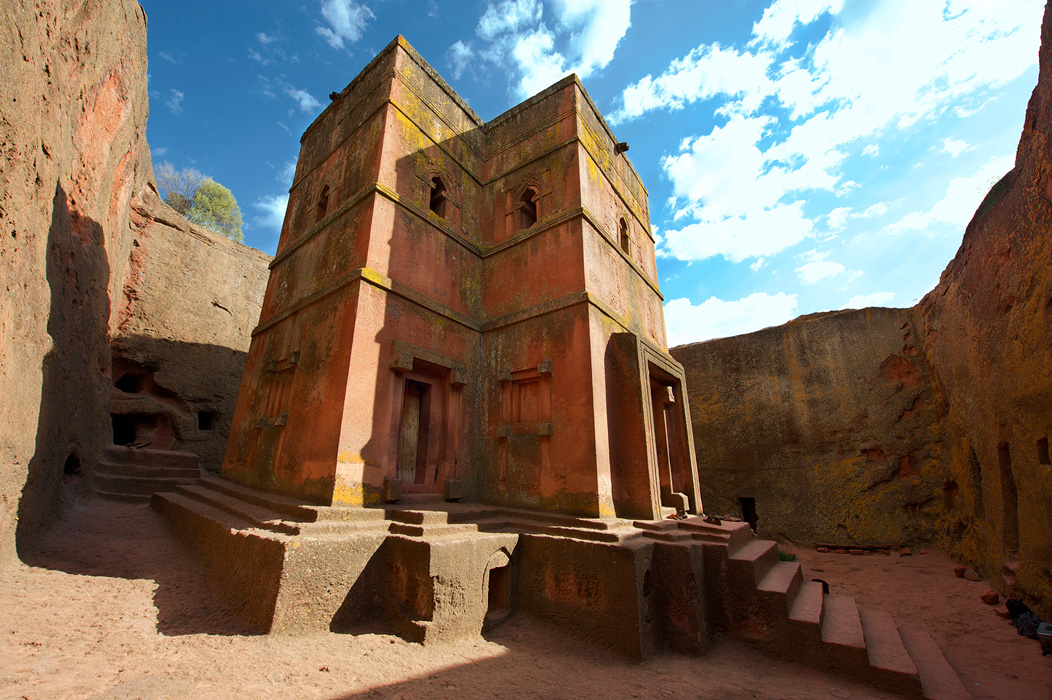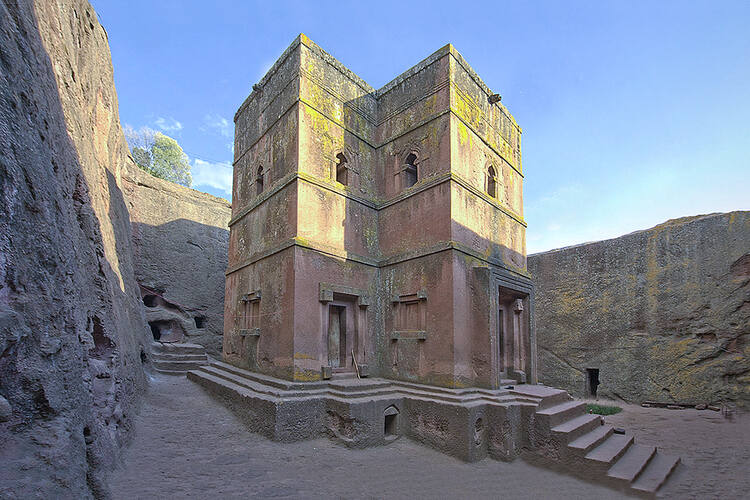The Lalibela Churches Ethiopia
Have you ever heard of Lalibela and its amazing rock-cut Christian churches? If not, let me introduce you to this stunning historical site in Ethiopia. Lalibela is a small town in northern Ethiopia and is famous for its underground churches made from massive blocks of stone. In this post, I will take you through the history, travel tips and answer some frequently asked questions about travelling to Lalibela.
History of Lalibela
Lalibela is considered one of the holiest places in Ethiopia due to the 11 monolithic churches that were excavated by King Lalibela in the 12th and 13th centuries. The churches are carved out of solid red volcanic rock and were built to create a new Jerusalem for Ethiopia. These stunning churches are the most popular tourist attraction in Lalibela and visitors can easily spend several days exploring them.
The churches are divided into two groups: the northern and southern groups. In the northern group, the most famous church is the Bete Giyorgis (The Church of St. George), which is carved in the shape of a cross.
In the southern group, the most significant churches are the Bete Medhane Alem, which is the largest monolithic rock church in the world and the Bete Maryam, which is carved in the shape of a Greek cross.
It is said that King Lalibela had a vision of Jerusalem and ordered the construction of the churches, which took over 20 years to complete. The churches are a testament to the incredible engineering skills of the people who built them and have survived earthquakes and centuries of weathering.
Travel Tips for Lalibela
If you are planning a trip to Lalibela, there are few things you should keep in mind to make your trip smoother and more enjoyable.
Visa and Entry Requirements
Visitors to Ethiopia require a visa, which can be obtained from the Ethiopian embassy or consulate in your home country. You can also get a visa on arrival at the airport in Addis Ababa, the capital city. However, it is recommended that you get your visa beforehand to avoid long queues at the airport.
When to Visit
The best time to visit Lalibela is between October and March when the weather is dry and sunny. The rainy season in Ethiopia is from June to September, and during this time, the roads to Lalibela can be challenging to navigate.
What to Wear
Ethiopia is a conservative country, and it is recommended that you dress modestly, especially when visiting churches like Lalibela. Men and women should cover their arms and legs, and women should cover their heads.
Transportation
The easiest way to get to Lalibela is by flying from Addis Ababa. Ethiopian Airlines offers daily flights, and the journey takes around 1 hour. However, if you prefer to travel overland, there are buses that run from Addis Ababa to Lalibela, but be prepared for a bumpy journey.
Accommodation
Lalibela offers a range of accommodation options, ranging from budget guesthouses to luxury hotels. However, during peak season, it is recommended that you book your accommodation in advance to avoid disappointment.
FAQ about Lalibela
What is the best time of the year to visit?
The best time to visit is between October and March when the weather is dry and sunny. This is also the peak tourist season so be prepared for crowds.
Is Lalibela safe for tourists?
Yes, Lalibela is generally safe for tourists, but like any other tourist destination, it is recommended that you take precautions like not carrying large amounts of cash and not wandering alone at night.
How many days should I spend in Lalibela?
You can easily spend 3-4 days exploring the churches and other attractions in and around Lalibela.
Are there any other attractions in Lalibela?
Yes, apart from the famous churches, there are other attractions in Lalibela like the Yemrehanna Kristos Church, which is a few miles from Lalibela and is built inside a cave, and the Asheton Maryam Monastery, which is a 45-minute hike from the town centre.
What is the currency used in Lalibela?
The currency used in Ethiopia is the Ethiopian Birr. There are ATMs in Lalibela, but it is recommended that you carry enough cash with you as some of the smaller shops may not accept credit cards.
Can I take photos inside the churches?
No, photography is not allowed inside the churches, but you can take photos outside and in the courtyards.
In Conclusion
Lalibela is an incredible historical site and one of the must-visit places in Ethiopia. The churches are not only a testament to the engineering skills of the people who built them but also a symbol of Ethiopia's rich culture and history. I hope this post has provided you with valuable information about travelling to Lalibela and has inspired you to visit this stunning site. Don't forget to share your experience with us!


Post a Comment for "The Lalibela Churches Ethiopia"